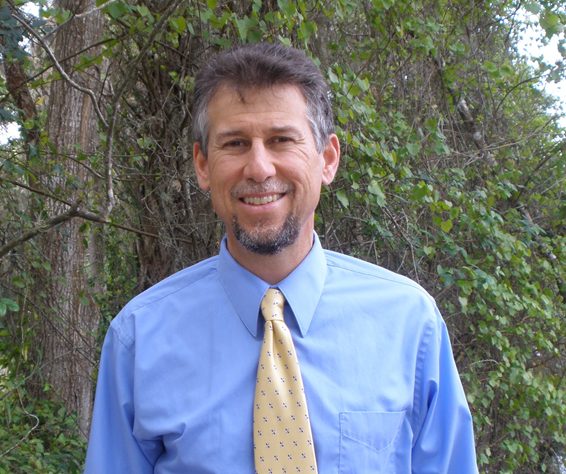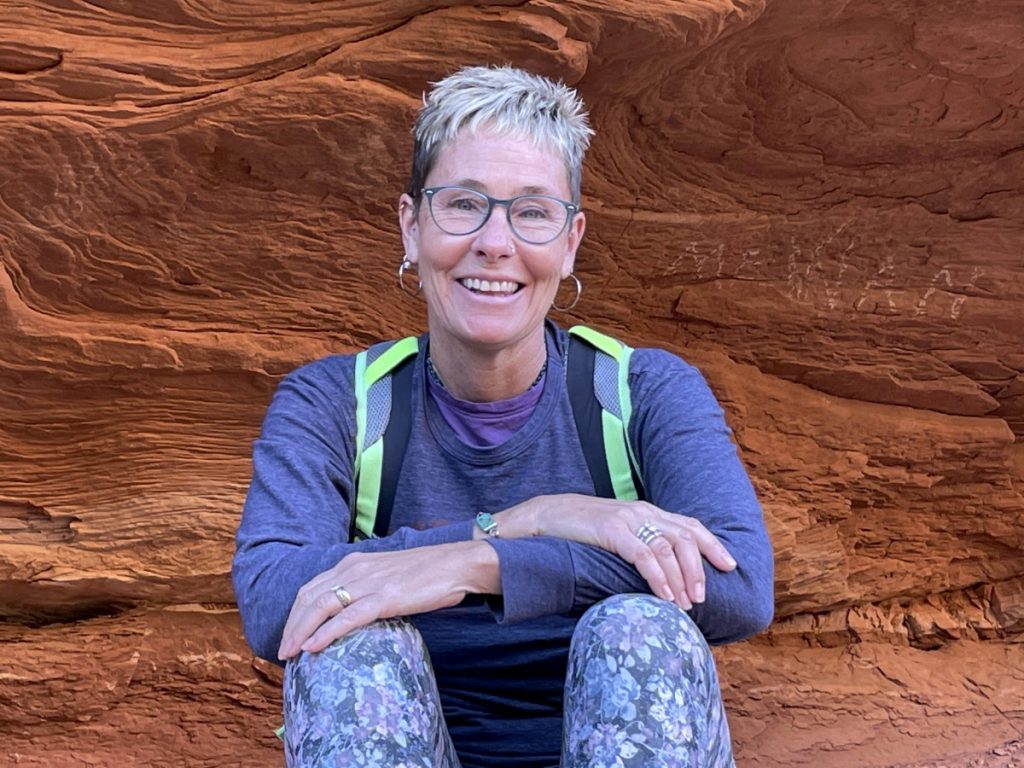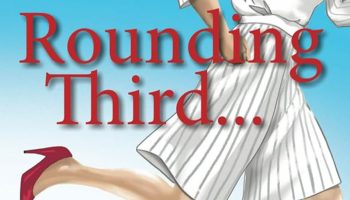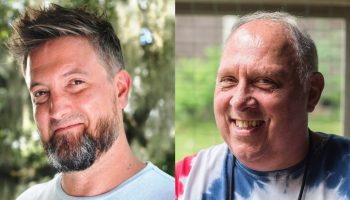Improving the health of Chautauqua Lake so that it will long serve as a source of clean water for drinking, swimming, fish and wildlife is eminently doable. There are ready solutions that exemplify the title of the late Richard Carlson’s book, Easier Than You Think… Because Life Doesn’t Have to be So Hard: The Small Changes That Add Up to a World of Difference.

The scientific evidence is clear. The water quality of each lake and waterway is inextricably linked to the habitat along and upland from its shoreline. The less fragmented the natural coverage, the better; extensive forest cover is essential, as are wetlands and other permeable surfaces.
Decorative non-native plants and lawns mowed to the water’s edge — especially those treated with synthetic fertilizers, herbicides and pesticides — do far more harm to lakes than aesthetic and cultural appeal may justify.
Impervious surfaces, such as asphalt driveways and parking lots, funnel trash and chemicals into waterways and storm drains. When the latter are overloaded, these harmful substances flow directly into water bodies, including Chautauqua Lake.
At 9:15 a.m. Thursday, Aug. 11 at the Chautauqua Women’s Club house, John Jablonski III and Carol Markham will answer the question, “Is Rewilding the Watershed the Best Solution for a Healthy Lake?”
Jablonski is the executive director of the Chautauqua Watershed Conservancy, and Markham is its conservationist.
“Watershed” is the term used in North America for a drainage basin: an area of land within which surface water running downslope — rain, hail, sleet, snowmelt, and creek and stream water — converges and collects into a shared outlet, such as a river, lake or bay.
The CWC is a leading organization addressing the underlying causes of the two largest threats to Chautauqua County’s lakes: excessive plant and algae growth, and loss of lake depth caused by sedimentation.
“Our traditional land use patterns have failed,” Jablonski said. “They’re destroying our waterways. We have to change the way we’re landscaping and building. It doesn’t seem to matter where you are in the U.S.; the suburban and urban landscapes are destroying the watersheds. … Insect, bird, amphibian and reptile populations are sinking.”
The U.S. Environmental Protection Agency emphasizes the importance of functioning watersheds: “Healthy intact watersheds provide many ecosystem services that are necessary for our social and economic well-being. These services include water filtration and storage, air filtration, carbon storage, nutrient cycling, soil formation, recreation, food and timber.”

The EPA states that because many such services have yet to be monetized, their economic contributions have often been undervalued in land use decision-making processes. Healthy watersheds provide ecosystem services that “are difficult to replace and most often very expensive to engineer. An engineered ecosystem service replacement may only provide a fraction of the services provided by highly functioning natural systems,” according to the EPA.
Watershed-enhancing landscaping and construction are within the purview of home and apartment owners, real estate developers, businesses and nonprofits.
“When we watch the local news, we might feel like we don’t have the power to control what’s going on,” Markham said. “But small things (people) do collectively in their own yard and in flower pots on the porch help. (You can say), ‘OK, I’m going to stop using fertilizer or stop mowing a large portion of my yard, or start planting only natives.’ ”
Markham emphasized that the location of one’s home isn’t influential when it comes to preventing water pollution.
“It doesn’t matter where you live,” she said. “Whatever is on your yard flows into the watershed. Like a funnel, … everything on land flows into the water, and it will find its way to the ocean.”
Spearheaded by Jablonski, the CWC has been educating Chautauqua County residents and homeowners, and preserving and protecting land and wetlands within the county, since its 1990 incorporation as a nonprofit, public benefit corporation. This preservation is personal to Jablonski.
“Since I was 4 years old, I had been fishing here,” he said. “I had vacationed at Chautauqua Lake my entire life. I had interviewed for a watershed advocacy organization in Michigan and I thought it would be a great model for Chautauqua Lake.”
After earning his bachelor’s of science in environmental science from Cornell University in Ithaca, New York, in 1982, Jablonski worked for two years as an environmental planner for Genesee County in New York before starting graduate school.
In 1986, he completed his multidisciplinary master’s of urban and regional planning, with a concentration in water resources, at the University of Wisconsin–Madison.
Jablonski said he spent summer 1985, and the summer and early fall of 1986, at Chautauqua.
“Right after I graduated from the University of Wisconsin … Chautauqua was doing vegetation activities for Chautauqua Lake. Becky (Nystrom, a biologist and CWC founder and director emerita) and I said, ‘Why not deal with the sedimentation?’ ”
In November 1986, however, he moved to Cape Cod, Massachusetts, to become the assistant town planner for Chatham, Massachusetts. There, he provided technical assistance to the planning board and the zoning board of appeals. He also developed Chatham’s first stormwater management plan to control the contamination of shellfish beds and beaches.
Less than 10 months later, the City of Jamestown hired Jablonski as its city planning coordinator.
For over five and a half years, he administered state and national environmental quality reviews and planning and zoning activities, drafted and administered grant programs for housing and community development, and drafted and coordinated the city’s successful Greater Jamestown Economic Zone proposal.
“The city had started a (Chadakoin) riverfront management plan,” Jablonski said. “I finished it, and it is now finally being implemented. Twan Leenders (CWC ecological restoration manager) is working on it.”
The beginning to all these projects was a humble one; the watershed conservancy started in Jablonski’s living room, spread to other living rooms and kitchens, and then progressed to early breakfasts before work.
“I came up with the concept for a Chautauqua watershed alliance,” he said. “I drafted something on paper and started talking to people like Becky. We’d heard each other speak at Supplemental EIS Management Plan meetings for Chautauqua Lake, led by Chautauqua County, for managing the plants in Chautauqua Lake.”
Jablonski saw the need to support the watershed, and more dire, the lack of support.
“Several of us wanted (the county) to deal with the watershed and they didn’t want to,” he said. “I started meeting with others to keep mud, trees, sediment and debris out of the lake. There was a lot of development in the area in the 1980s. There were improper practices, like dumping a lot of sediment into the lake.”
A “core group of four” asked lawyer Judith Claire (a current member of the Chautauqua Institution Board of Trustees) to draft CWC’s articles of incorporation in 1990.
Jablonski left his position with Jamestown in March 1993 to become the CWC’s executive director, but stayed on as a consultant to the city. He said that a seed grant from the Gebbie Foundation enabled the purchase of a desktop computer, a printer and a used photocopier, and paid him for 10 hours of his time weekly, while he stayed home with his 2-year-old daughter.
Under Jablonski’s leadership, more than 1,100 acres of land across Chautauqua County — including two miles of Chautauqua Lake and outlet shoreline — are being conserved. Thirty-one nature preserves have been established, and other sites are in process.
Markham, who majored in marine biology at Roger Williams University in Rhode Island, and earned her master’s in fisheries management at Ohio State University, leads CWC’s LakeScapes program. After she discovered her love of plants while conducting fish stock assessments in Chesapeake Bay, she took courses in Maryland and taught botany at a local college.
Beginning in 1999, Markham began working as a natural resource biologist for the U.S. Fish and Wildlife Service in Maryland; she also worked for its BayScapes Program. She said that for over two years she taught schools, businesses and communities about using environmentally beneficial landscaping practices and incorporating native plant species into their gardening practices.
“That was my catalyst for LakeScaping,” she said. “… When my kids were older, in high school, I took a job at Turnbull Nursery in North Collins. That’s where I got a ton of experience (for over a decade) with landscaping native plants.”
Markham said the most important lessons she’s learned since she began heading CWC’s new LakeScapes program is that people think that the plants they’ve grown up with all their lives, such as hostas, are native. Markham tries to undo this notion.
“I try to flip it and say: ‘The way our landscapes are designed now is about our culture. It’s all about looking neat and tidy,’ ” she said.
The plants may be aesthetically pleasing, but they aren’t functional for New York’s larger environment.
“Those plants are pretty, but they don’t serve a purpose for native wildlife — for birds, bees, butterflies, insects. Our local wildlife needs natives to survive. Every single butterfly species, there are more than 500, needs natives. We’re losing those native plants because of growth, development, habitat removal and invasive (species).”
For instance, Markham said that the butterfly bush is an invasive or nonnative plant.
“People love planting them because they attract a lot of butterflies, and they do. But pollen and nectar are the only thing (butterflies) can use on that plant. Their caterpillars can’t use it. … It’s sort of like feeding monarchs potato chips and Coca Cola before they go on their migration.”
For 32 years, the CWC has focused on its mission of “preserving and enhancing the scenic beauty, ecological health and water quality of the Chautauqua region.” There have been, and continue to be, significant challenges.
“It’s hard to convince government officials that we need to aggressively preserve forests and protect the water quality in Chautauqua Lake,” Jablonski said. “It’s hard to convince them that the conversion of forested land to house lots and roads contributes to the excessive plant growth and algae problems of Chautauqua Lake.”
Jablonski and the rest of the CWC are trying to make changes in watershed conservancy a primary concern.
“CWC is undertaking a strategic planning effort to prioritize the most important places to protect and enhance,” Jablonski said. “We are focusing on permanent preventative measures … (rather than on) treating the symptoms of a lake that continues to receive too many nutrients and too much sediment.”
Preventative measures are easier to implement than one might think. Small changes undertaken by many would make a world of difference to Chautauqua Lake. On Thursday morning at the Women’s Club, learn about simple things that you can do to make what’s possible, probable.




